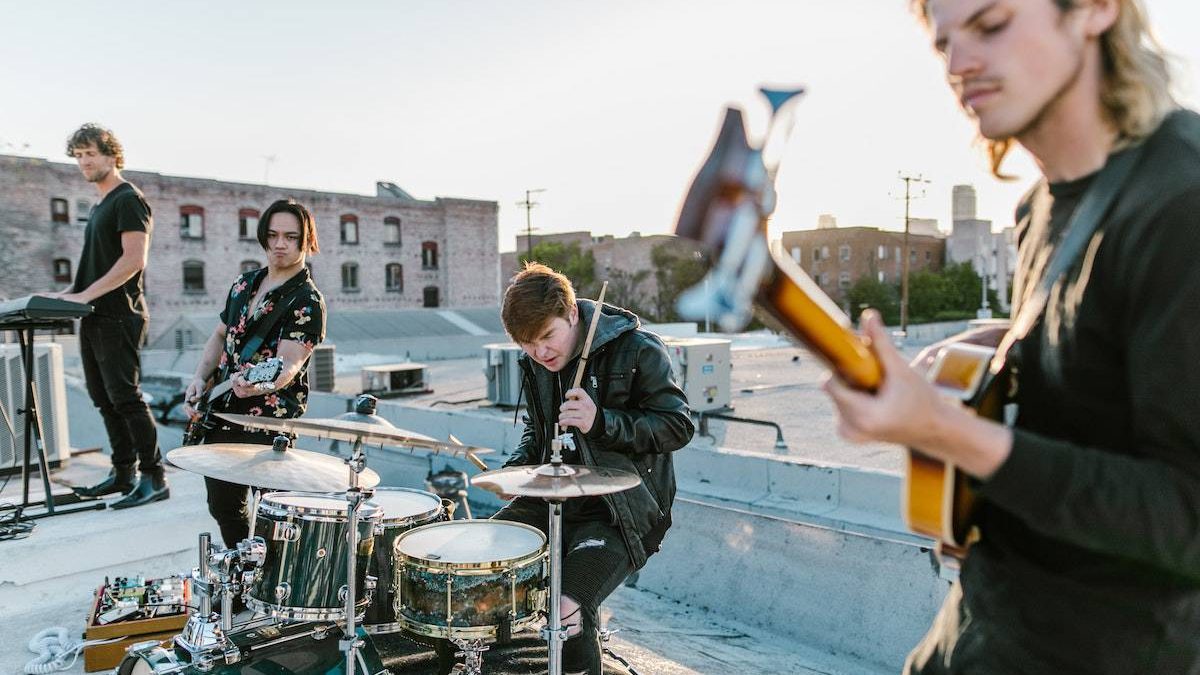Music distribution is an important part of the industry. It determines where music gets placed and who listens to it. Contracts and deals have taken on new forms in the music industry with the rise of streaming and digital marketplaces. Labels, which once were the liaison to all things monetary in the music, now play a new set of roles for artists. It’s rare to land the kinds of deals that bands were able to secure in previous generations and labels are not nearly as cash rich to take on artists with as much risk as they once did. Music distribution is still essential, but it works a little differently than it once did. To learn a little more, let’s take a look at some classic examples of distribution deals and where it’s headed for future generations in the music industry.
Table of Contents
What Is It?
Distribution deals at one time were made between labels and artists to determine where their music would be sold. Labels had personal relationships with stores and marketplaces that sold music and there really wasn’t any other way to get music on the shelves. Not to mention that studios also had primary access to studios, something that has also changed over the years. Music distribution deals also still exist in their own forms, but the market has primarily shifted to digital distribution. Deals do still exist, but in smaller and more piecemeal ways than they did before. We’ll talk about this in the section, so keep reading to learn more!
Physical vs. Digital Distribution
Labels may still offer distribution deals in a few cases. One of those cases is in the event that an artist wants to press their record to vinyl, produce tapes or in rare cases release CDs. Indie labels may have relationships with publishing houses and vinyl pressing plants and offer these kinds of deals with specific artists who stand to actually sell records. However, the primary form of music distribution is digital distribution which allows for artists to subscribe and submit their music themselves for delivery to music streaming platforms like Spotify and Apple Music. Labels will often have their own digital distribution service, so it still pays to have label representation even in a small way.
Cost and Pricing Structures
Part of the reason that physical releases are popular but not as common is due to their cost. For most indie labels, pressing vinyl and tapes for every artist just isn’t feasible. While physical media has spiked in popularity over the years, especially vinyl, the sales just aren’t enough to justify hosting their own record pressing resources in house. Most of the time this is outsourced to a trusted partner while labels will primarily use digital distribution. While artists can subscribe to these services themselves for yearly fees, indie labels usually have their own label specific subscription that allows them to distribute music for you. So, there still is a middleman in these cases but they exist within the structure of digital distribution.
The Future
The future of music distribution is likely to continue on the trend of digital distribution. Platforms are constantly shifting and consumers are continuing to consume music through these digital marketplaces. Spotify is still the most popular service, but we will likely see other streaming services rise in popularity through the years. Many music fans are consuming music through social media websites and apps such as TikTok which has made the use of songs and sounds an intrinsic part of the experience. Digital distributors, labels and artists alike are finding themselves once again needing to shift their habits to fit another new platform. While this might be frustrating to some, there are special and unique opportunities for success and transparency through these platforms. The artist and their audience are becoming closer and closer in proximity when using platforms that put fans and celebrities in the same channels.
Conclusion
Music distribution deals aren’t what they used to be. They primarily take the form of digital distribution as opposed to physical media releases. Because of this in tandem with the immense popularity of streaming, record labels and artists have had to face losses in the last two decades. This has caused major shifts in the kinds of deals being formed between labels and artists. Record labels of course still exist including major labels, but the indie label scene has become a lot more expansive than it once was. With most sales happening online and in digital format, it has become easier to represent a small number of artists and offer them distribution deals. There are less overhead costs with artists being able to record music themselves and rely on minor distribution deals with small labels that they can trust. Massive record exist, but they’re becoming a thing of the past.

